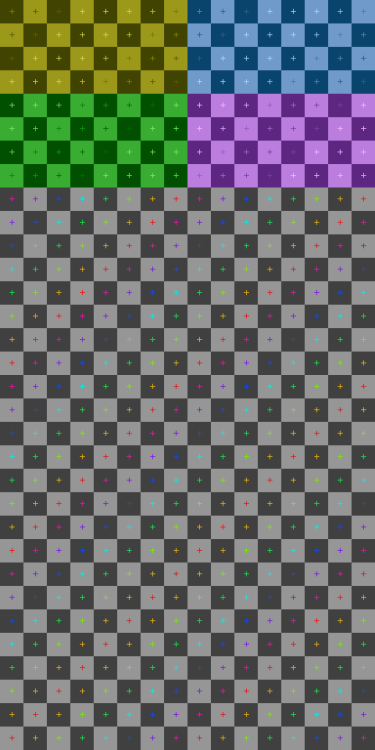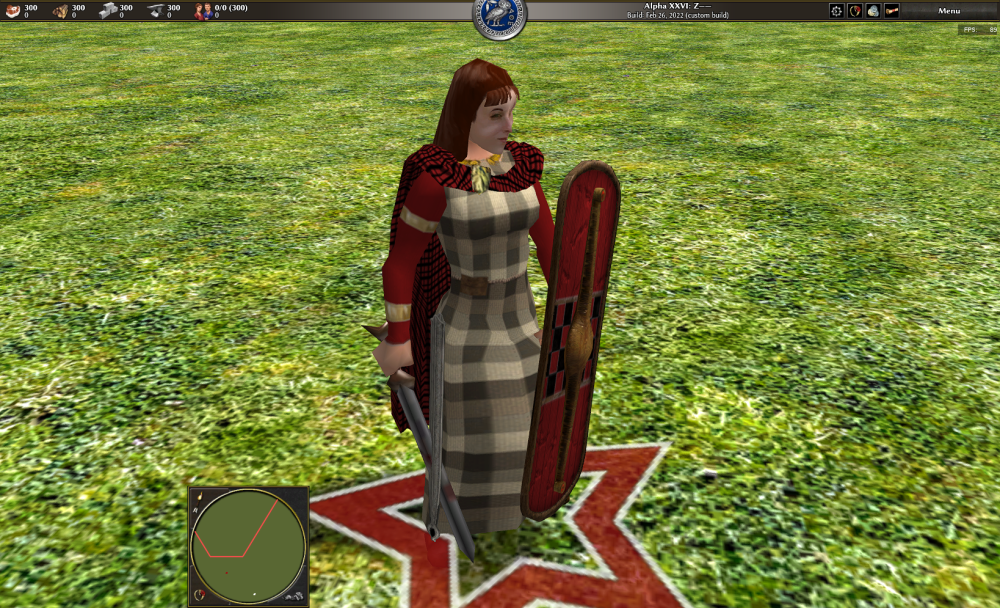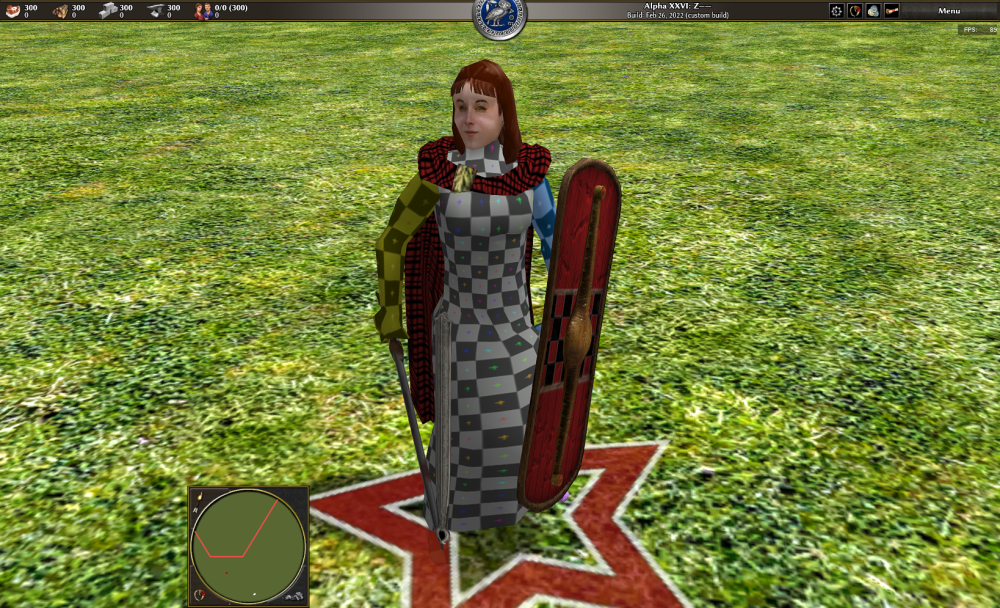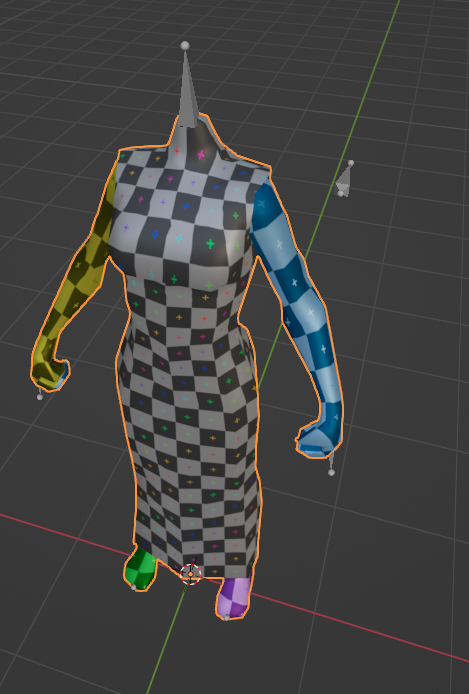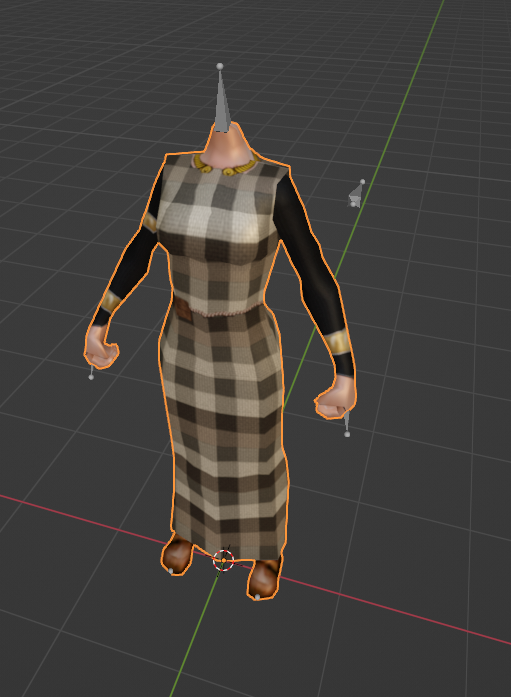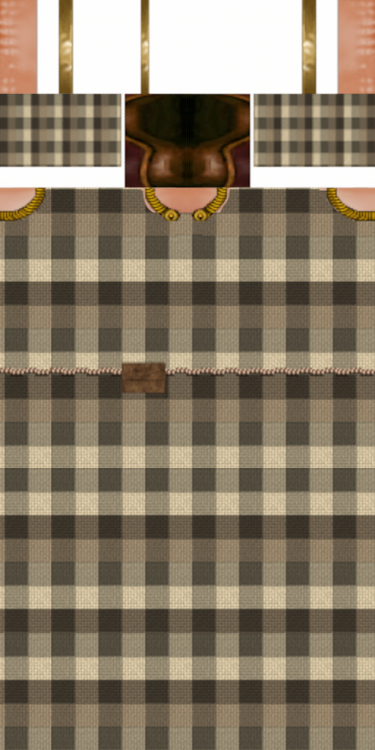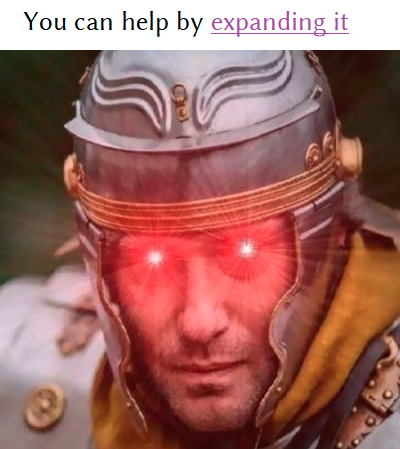-
Posts
18.231 -
Joined
-
Last visited
-
Days Won
593
Everything posted by Stan`
-

Minimap Icons
Stan` replied to wowgetoffyourcellphone's topic in Game Development & Technical Discussion
https://code.wildfiregames.com/D4513 -

Feedbacks from A26 SVN tests
Stan` replied to Yekaterina's topic in Game Development & Technical Discussion
Thanks a lot for your time. Don't hesitate to do it if you get any other crash -

Feedbacks from A26 SVN tests
Stan` replied to Yekaterina's topic in Game Development & Technical Discussion
Yeah some changes. The idea is also to see if the backtrace changes. -

Feedbacks from A26 SVN tests
Stan` replied to Yekaterina's topic in Game Development & Technical Discussion
Right you need to type run and press enter See https://www.geeksforgeeks.org/gdb-step-by-step-introduction/ -
Maybe you can find a way to make it responsive e.g. remove elements when resolution is too small.
-
Ideally yes. But if you can't it's fine take your time
-

Feedbacks from A26 SVN tests
Stan` replied to Yekaterina's topic in Game Development & Technical Discussion
Basically instead of running the game through the shortcut you run it throught the commandline e.g gdb 0ad or gdb pyrogenesis When it crashes in the command line run bt (for backtrace) and upload it here -

Minimap Icons
Stan` replied to wowgetoffyourcellphone's topic in Game Development & Technical Discussion
Maybe soon, just uploaded there for Vladislav to experiment. He still have a few patches he wants to do before that, though. -
It's in the options. I'm a bit worried about making such a political statement and I'd like other members of the team to join in the discussion.
-

Minimap Icons
Stan` replied to wowgetoffyourcellphone's topic in Game Development & Technical Discussion
-

Feedbacks from A26 SVN tests
Stan` replied to Yekaterina's topic in Game Development & Technical Discussion
Seems like our wiki wasn't updated... -
Hi! Welcome to the forums have you seen https://trac.wildfiregames.com/wiki/SwitchingToYourPCsDedicatedGPU ? Some of AMD drivers are currently broken .
-
What would you want? I've been playing this gam for TEN YEARS Thanks for the continued support!
-
Hello everyone, As some of you may know we maintain a list of all the changes for an alpha on the wiki. The page for Alpha 26 is this one. You can also find all the information you need to update your mod here. Unfortunately we sometimes forget to update it and some commits go missing. Would anyone be so kind as to backlog from r25861 and update the page if needed? This page is really useful to write the release announcement. Thanks in advance
-
Depends on who you ask, I say.
-
@wackyserious @wowgetoffyourcellphone textures are more your are of expertise.
-
Sure. But I see no files.
-
Well the point was that they would be vulnerable. <Resistance> <Entity> <ApplyStatus> <Poisoned> <Duration>0.0</Duration> <BlockChance>1</BlockChance> </Poisoned> </ApplyStatus> ... </Entity> <Foundation> <ApplyStatus> <Poisoned> <Duration>0.0</Duration> <BlockChance>1</BlockChance> </Poisoned> </ApplyStatus> ... </Foundation> </Resistance> You can change the block chance and reduce the duration of the effect in the structures' templates.
-

==[TASK]== Improved Carthaginian Priestess
Stan` replied to wowgetoffyourcellphone's topic in Official tasks
Can you detail a bit what kind of uvmap you want ? IIRC it lead to unused texture space which wasn't so great. Something like 256x512 Arm - Left. Arm Right Body? -
Buildings are immune to poison.
-
@AIEND Those helmets are already in the game.
-
Nice maybe add a little more contrast on those bad boys
-
The pila model is cool, great work on that. Unfortunately unless it's for scenarios such a big roman camp would not be easy to place in the game. And as such could not replace the small camp.
-
In previous versions of 0 A.D. you could impersonate people after they got disconnected and play as if you were them.




